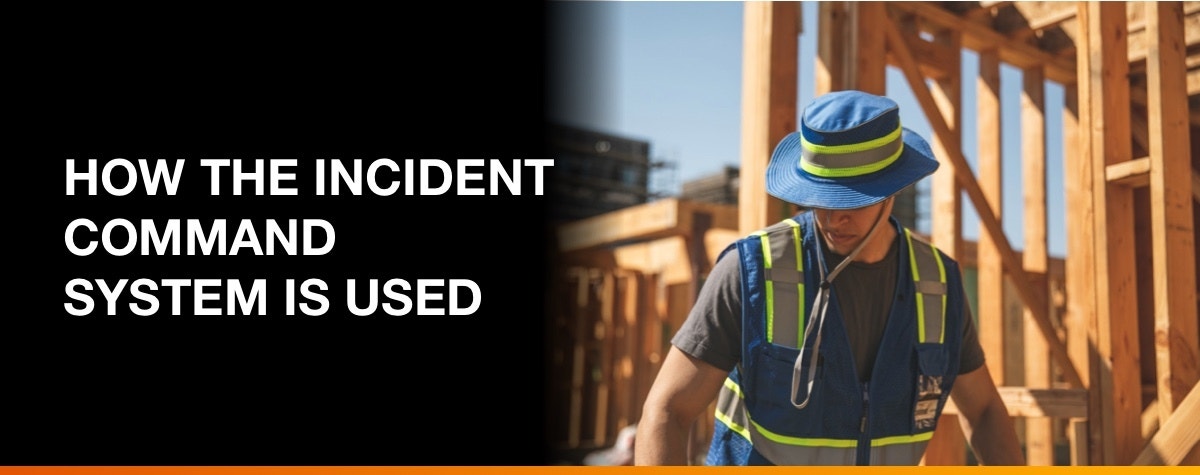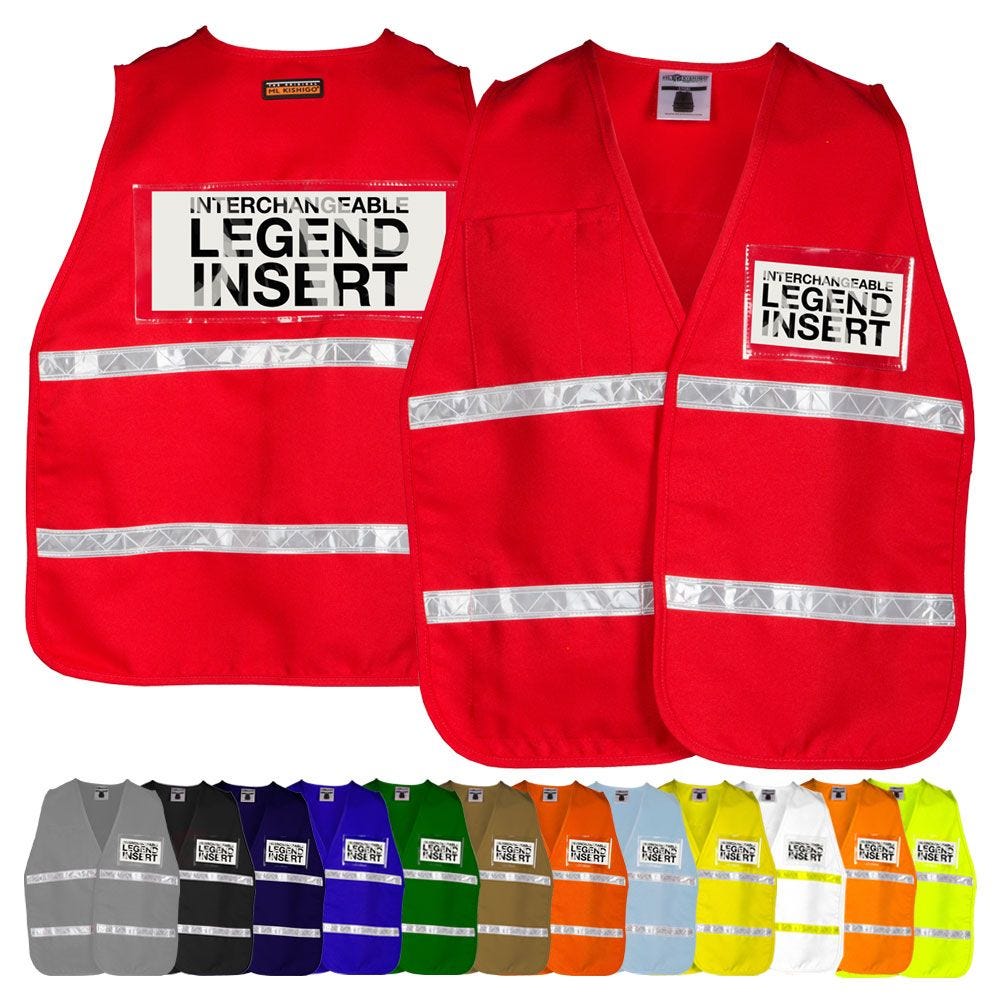Everyday Applications of the Incident Command System
- By HiVis Supply
- Nov 17, 2020

When an emergency strikes, everyone must be on the same page in terms of response. Resources have to be deployed efficiently, communication has to be clear, and decision-makers have to be accountable. That’s why we have the Incident Command System (ICS). The ICS is a standardized management framework for coordinating a response to an emergency. Whether that’s a hurricane, a wildfire, a hazmat spill, or another type of disaster, the ICS helps create a more efficient and coordinated response.
For some workplaces, implementing a structure similar to the ICS can have great benefits for organization and safety. The principles we’ll talk about here, such as color-coded employee uniforms, are applicable in a wide variety of everyday settings, and they can make your workplace both safer and more streamlined.


Principles of the Incident Command System
The ICS is designed to accomplish several core goals that can be applied outside of the system’s normal context in emergency management:
- To establish an effective chain of command
- To protect human life and property
- To consolidate planning and operational scope into manageable units
- To differentiate personnel according to duties
- To standardize procedures and operational terms
- To empower workers to make decisions independently while staying accountable to a supervisor
So, how does the ICS accomplish these goals? To understand that, let’s get to know the standard ICS management structure.
How Does the Incident Command System Work?
Fundamentally, the ICS is a management system. At the top of the ICS org chart is the incident commander. This person is the final decision-maker who coordinates all other staff and is ultimately responsible for the operation.
Under the incident commander is the command staff, which includes roles such as a safety officer and a public information officer. Below the command staff, several departments focus on key areas of incident command:
- Operations Section
- Logistics Section
- Planning Section
- Finance/Administration Section
The modular and well-structured nature of this system is its great advantage. Departments can be enlarged or reduced as needed, and everyone on the ground knows who to report to. As you might have noticed by now, there’s nothing about this system that makes it solely applicable to emergency management contexts. It’s all about creating a unified command structure that maintains open communication while still meaningfully differentiating worker responsibilities. How might workplaces use these principles in new contexts?


Applying the Principles of Incident Command
From manufacturing to construction to medicine, the core concepts of the ICS system can be applied in a wide variety of fields. For an example from the medical field, look at the recent study of how the ICS can be applied to the management of clinical research trials. In this extremely demanding and high-tech setting, the ICS demonstrated benefits for streamlining regulatory compliance and improving interdepartmental communication.
One of the most important principles of the ICS is delegation and playing your role. That means it needs to be easy to identify who’s responsible for what aspect of a job. One common method that workplaces can steal from ICS teams is color-coded identification, the simple but highly effective principle of using different-colored employee uniforms to identify different jobs.
For a perfect example of how well color-coded identification can work, just look at the workers you’ll see on the deck of an aircraft carrier vessel. In a high-stakes work environment with no room for errors, these color-coordinated uniforms identify who’s who and who needs to be where.
Purple shirts, for example, identify fueling crews, responsible for pumping high-octane jet fuel into the aircraft. Red shirts, meanwhile, identify ordnance crews who handle the air crafts’ weapons systems. Yellow shirts identify the aircraft handlers and directors who are responsible for guiding taxiing aircraft, and so on. Each member of the crew has their role to play, and their color-coded vests make them easy to identify in a split second.
Incident Command Vests from HiVis Supply
HiVis Supply offers convenient and cost-effective options for creating an ICS-style color coordination system. Incident command emergency vests, like the ML Kishigo 3700 Series Incident Command Vests, are designed for rugged performance and easy color-based differentiation.
The 3700 Series vests are available in 13 different incident command system vest colors, from gray to green to bright neon orange. These vests also include a convenient clear pocket designed to hold a custom legend card—perfect for identifying job functions, names, or any other important characteristic. Plus, they’re constructed from durable polyester that’s designed to stand up to tough conditions.


HiVis Supply offers tons of options that are designed to make every worker stand out and stay safe. For more great choices, see our full selection of safety vests from top workplace safety names like ML Kishigo and GSS Safety.








